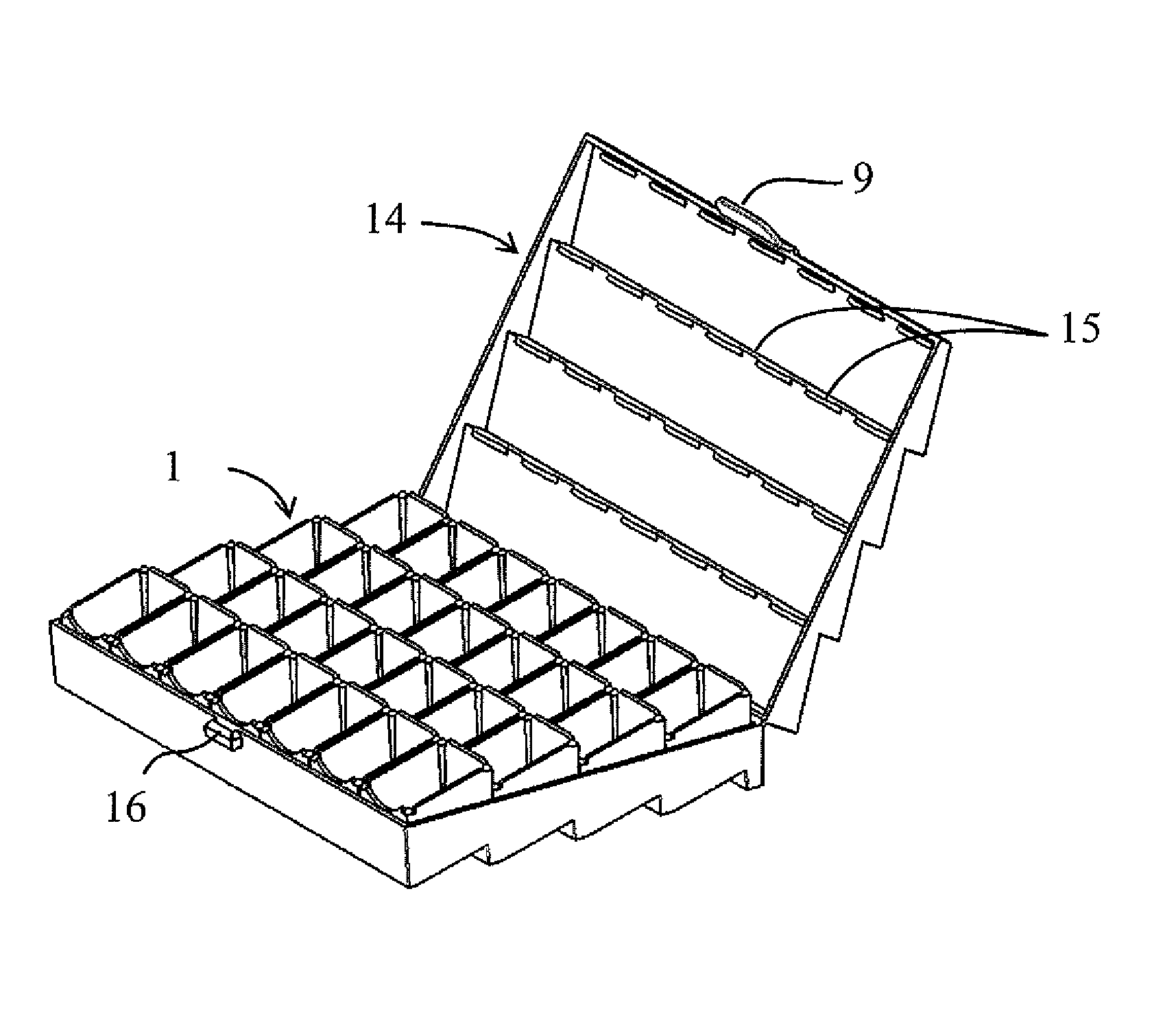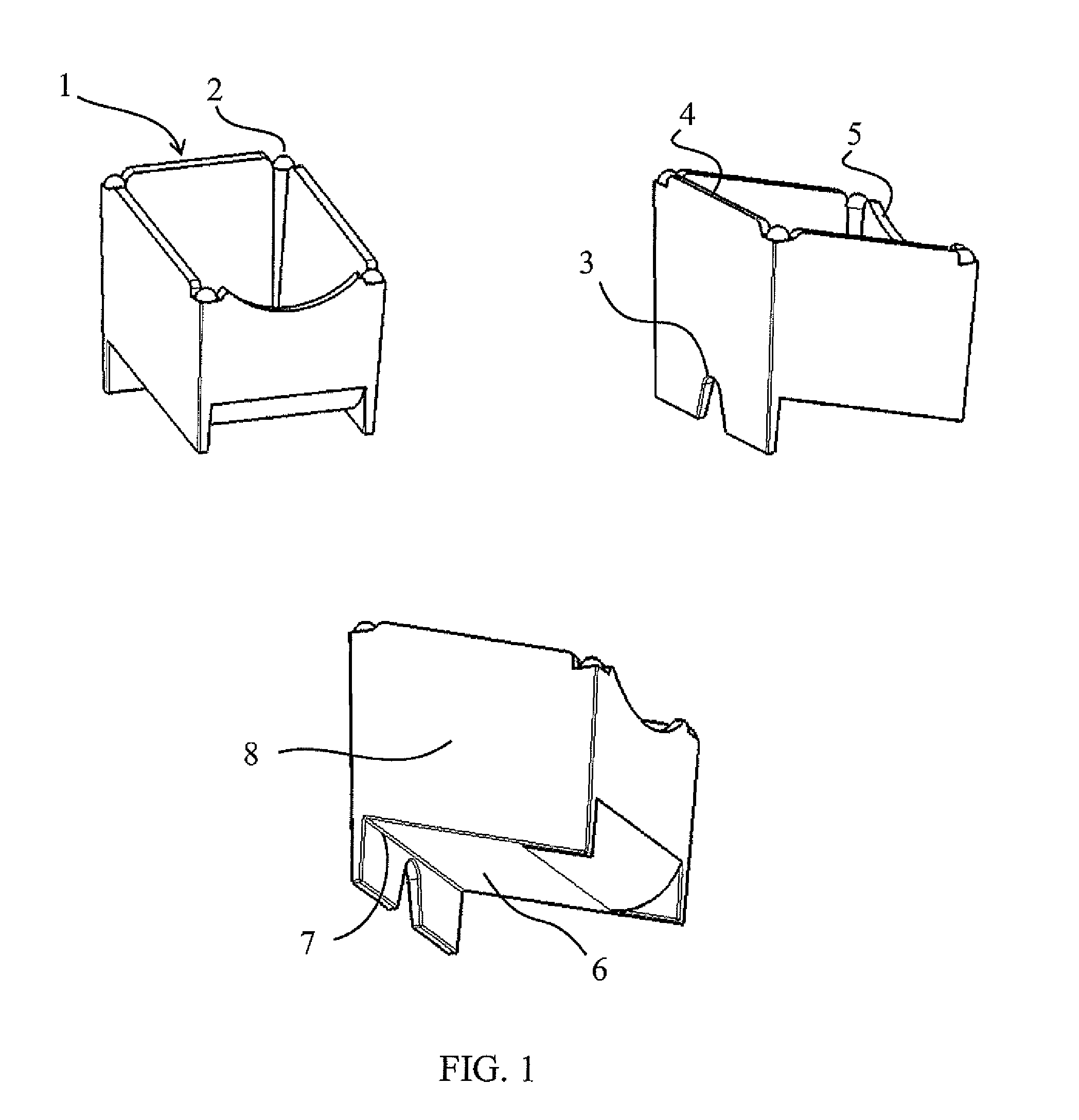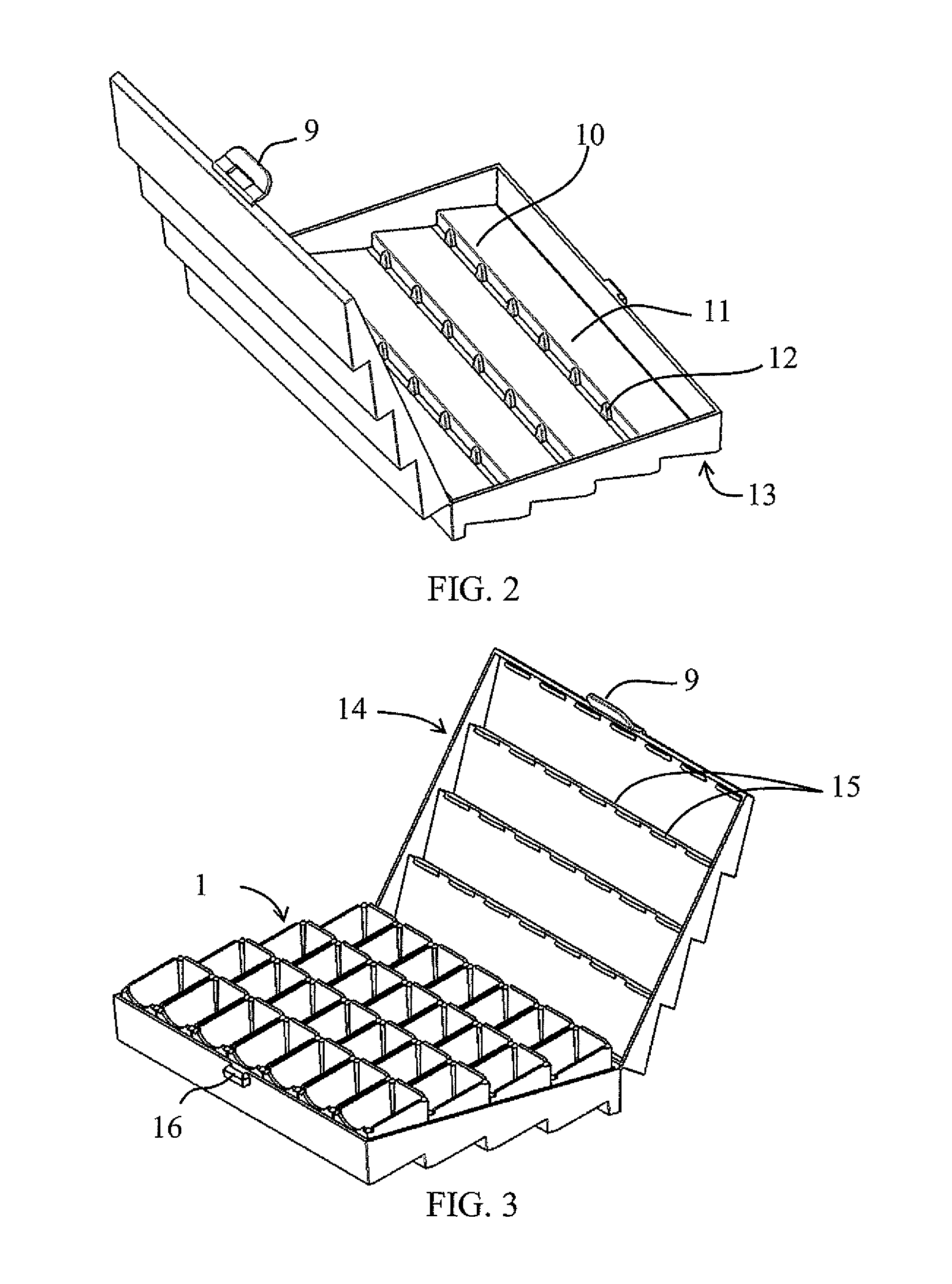Approximately 100 million people do not adhere to their prescribed
regimen for taking the right medications at the right times. Medication nonadherence can cause clinically significant adverse events at the
individual level and increase overall rates of morbidity and mortality rates.
This creates an estimated societal burden of $290 billion in excess health care spending each year, including $100 billion for potentially avoidable initial hospitalizations and readmissions.
Each step of this process offers an opportunity for the medication cycle to collapse and
medication adherence to fail.
Poor adherence is even more likely when the patient suffers from co-morbidities that may complicate the
dosing regimen and / or the physical tasks of organizing, remembering, and taking the pill itself.
There are many reasons for poor
medication adherence, including systemic hurdles (e.g., provider access, provider-
pharmacy communication, medication errors) and financial barriers (e.g., uneven insurance coverage and significant patient cost-sharing).
These obstacles are sizeable and warrant aggressive mitigation efforts.
More often than not, patients have their medications in-hand, intend to adhere to their provider's prescribed
medication regimen, but find that the logistics of doing so are too difficult to follow, especially over an extended period of time.
Ironically, however, not enough has been done to improve medication management and adherence at ground zero of
medication adherence—i.e., improving the basic pill box as the foundation of organizing and taking the right medications at the right times. A pill box is of limited utility and value if it is not properly loaded and used throughout the medication cycle.
Beyond its ability to facilitate proper loading and distribution of pills, a pill box is under-utilized if it is not designed to permit collection and analysis of real-
time data concerning compliance with, or deviation from prescribed dosing regimens.
With regard to the physical acts of loading and taking pills, commercially available pill bottles and pill boxes tend to present one or more of the following limitations: (a) they are limited to one day or one week even though medications are prescribed by month; (b) their physical
layout may be too simple to accommodate one or more complex dosing regimens; (c) alternatively, their physical
layout may be too complicated to use in terms of apportioning, loading and accessing multiple doses of multiple pills over the course of a day or week; (d) notwithstanding such limitations, pill bottles and pill boxes rely on the patient or caregiver to apportion doses and load the box properly instead of the
pharmacist or provider, (e) they make it difficult to remove pills from small and immobile per-dose containers; (f) they provide no way to alert the user to take a dose; (g) they provide user alerts but do so in the form of flashing lights or sounds that require physical proximity to the pill box for timely detection; (h) they provide alerts through
smart phone apps which may not be “user-friendly” for many users and do nothing to simplify the underlying
multiple dosing regiments; (i) they do not accommodate different lifestyles or the need to organize a subset of pills for travel purposes; (j) they do little to collect information concerning proper pill box utilization and medication adherence; and similarly, (k) they do little to communicate that data to health care providers and pharmacies for the purpose of monitoring adherence and tracking the patient's response to prescribed medication treatment and management.
In addition, existing pill boxes with built-in
electronics come with high costs and complexity, and no guiding standards.
Modern vision and image recognition systems have yet to be applied to the medication adherence process, and
lean manufacturing methods common to factory processes have not been optimized for personal medication management.
A patient's challenges with medication adherence typically begin with organizing pills, which can be both difficult and tedious.
Further complicating this process is that most existing pill box designs require more than 120 pill cup lids to be opened and closed in order to place individual doses into individual pill cup locations and later retrieve separate doses for taking.
Many existing pill boxes will not permit a full month's supply of pills to be organized at one time.
Those that do are organizationally complex and tedious to complete.
Consequently, using them requires sustained concentration and repetitive
physical manipulations, either or both of which may exceed the patient / caregiver's abilities.
While the 1×7 pill box is inexpensive and compact, it is not designed to accommodate the many millions of people who take two or more medications at two or more times per day.
Pill box size, cost, and complexity will affect initial selection and consistent use over time.
Currently, commercially available pill boxes are limited in their ability to meet these and other needs of their potential users.
However, these features come with a price.
To date, efforts to improve medication adherence have been slow to incorporate and optimize the ready availability of digital photography, optical recognition and transmission of digital information.
Central to their concern is a lack of adherence data to better analyze medication impacts.
One of the biggest challenges is to get diverse pill user data to then be able to compare patient differences, as would be the case with data from active patients and sedentary patients suffering from the same ailments.
At the present time, pill boxes are not optimized for easy loading, use, and refills.
Physical and technological limitations in pill box design limit the ability to accommodate variations in user behavior patterns, preferences and lifestyles.
Most significantly, existing pill boxes overlook or underutilize available methods for collecting, transmitting, and evaluating indications of proper adherence.
As a result, clinically significant and
real time data remain uncollected, unshared and unused.
Each of these limitations presents a missed opportunity to improve medication adherence, improve patient outcomes, and recapture a sizeable portion of the hundreds of billions of dollars spent on the adverse consequences of
poor adherence.
 Login to View More
Login to View More  Login to View More
Login to View More 


